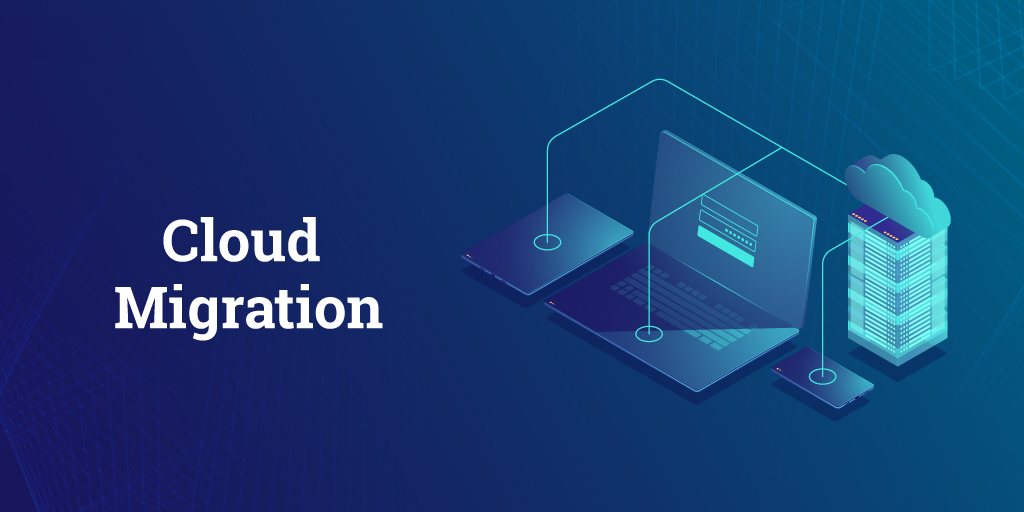If you haven’t moved to the cloud yet, you’re behind the curve. According to the 2019 RightScale State of the Cloud Report from Flexera, 94% of their respondents are already using the cloud. And 69% of respondents use at least one public cloud and one private cloud. The research firm Gartner projects that the cloud services industry will grow exponentially through 2022.
Obviously, all these companies have recognized the benefits of cloud computing, including scalability and efficiency. For those still considering moving to the cloud, or wondering how it’s done, this article will shed some light on the steps to cloud migration. A lot of them are plain common sense. The real trick is pulling it all together and making sure you’ve covered all the bases.
Understanding the “Why?”
Before you even lift one finger to migrate a service from the data center to the cloud, you really need to think it through. What are you trying to accomplish? Why are you actually making this move? Everybody’s doing it, but you don’t want to reorganize your whole IT infrastructure just to keep up with the Joneses.
You may have your own reasons, but whatever they are, it’s best to have them clear in your mind. Cloud computing offers flexibility and scalability that is unparalleled in the traditional IT environment. If you have a special project, it wouldn’t be feasible to install ten new servers in your data center only for temporary use. Even virtual machines don’t have the resource elasticity available in cloud computing. This comes with significant cost reductions and increased efficiency.
Assess Your IT Infrastructure
Moving to the cloud may be a good idea -- for some things. In preparing to move to the cloud, you need to take into account everything that you have in your infrastructure. What applications are you running? How many databases do you maintain? What kind of confidential data are you holding, and what are the security compliance requirements? Many companies find that keeping parts of their IT in the data center as part of a hybrid cloud architecture makes the best sense.
And just as you do in your personal life, you might want to start making checklists. Do an audit to find out exactly what elements are in your environment, including hardware, software, and licenses. List the methods of procedure that would be required to migrate each piece. Talk to both business process owners and IT personnel to determine the best strategy for migration.
It’s important to understand your IT before you do anything. IBM gives us “10 steps to understanding your IT before moving to cloud”, which we share with you here:
- Business impact
- Production versus development and test
- Performance matters
- Complexity
- Licensing
- Service-level agreements
- Security
- Platform
- Data hosting
- Prepare
Create a Plan
Obviously every company’s IT is different, and we couldn’t possibly cover all the details of what your cloud migration would look like in this article. We would be happy to help you with your cloud migration plan and any other Cincinnati IT services. Your plan will depend on many factors, and it will be driven by the particular goals that you have defined for the migration.
The assessment of your infrastructure may be a separate phase of your preparation, but you will need to include everything from your assessment in your cloud migration plan. If you find that you still don’t have a full understanding of the environment, you may want to go back and have another look. Hold workshops or meetings with stakeholders. Get a full grasp on the situation before you disconnect any running systems.
The design of your new cloud architecture should reflect all the functions of the traditional one. This goes back to understanding the “Why?”. Every element in your data center was put there for a certain purpose. Now you need to go through the mental exercise of transferring those purposes and functions to the new elements on the cloud. A server that contains customer contact information in the data center will be replaced by a virtual one on the cloud. You’ll need to establish that one-to-one relationship for every element that you’re moving.
Another IBM blog gives three scenarios for cloud migration. A like-for-like migration involves physical-to-virtual or virtual-to-virtual movement of workloads. A cross-platform migration is more challenging because it requires a move from one type of platform to another. And an application-only migration decouples an application from its operating system in the data center and moves it to the cloud.
Whatever the characteristics of your potential move to the cloud, you need a good plan. And don’t forget to integrate your migration into a robust change management program. You don’t want to find yourself in the middle of a migration with no way to roll it back and no controls on the move.
Conclusion
Network engineers know that you don’t touch a live system without a good procedure in place. It’s too risky. If you’re looking to move part or all of your IT infrastructure to the cloud and you’re in Cincinnati, Dayton, or surrounding areas, you can call on Titan Tech to help you. Migrating a single application or database, or all your IT, to the cloud may seem manageable, but it’s a task that’s best left to experienced IT professionals. One wrong move can cost you in lost data, lost service, or lost reputation. And you don’t want that.

